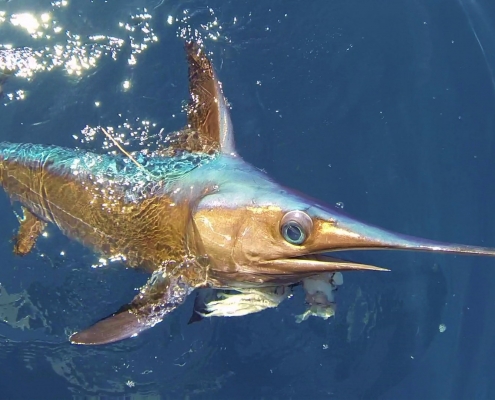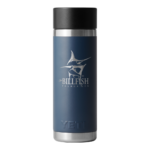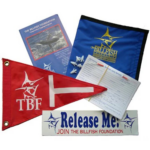Closed Zones Currently in Government Crosshairs
The 20-year plus Closed Zones off the East Coast and in the Gulf of Mexico that greatly improved recreational fishing in the regions, now face immediate NMFS threats as the agency, once again, ponders authorizing “pelagic longline research”. The research will collect data based on commercially hooked, landed and sold fish to assess the 20 years of accrued conservation benefits. TBF believes that authorizing pelagic longline gear to wipe out the conservation gains for billfish, sea turtles, marine mammals and a plethora of additional marine species in these areas is a poor management strategy and Capitol Hill needs to hear of this.
“Pinball Wizardry”
As the West Coast attempts to manage the swordfish drift gillnet fishery with “hard caps” (landing thresholds) to conserve “protected species”, one cannot help but be reminded of previous shielding attempts that were repeatedly bounced back and forth between approval and rejection. Hard cap attempts in the fishery first began in 1986. They were then tried again in 2001 with sea turtles, and then again with marine mammals. Approved plans for additional hard caps were even initiated and removed as recently as 2017 and 2021 following a court decision that stated the economic impact analyses were not completed. Currently, the swordfish drift gillnet fishery has no hard caps – but stay tuned, as reports indicate NMFS is working on a new rule to “fix” the drift gillnet problem.
Landing Prohibition for Another Shark Species – Atlantic mako sharks can no longer be landed in 2022 and 2023 based on a 2021 international agreement.







